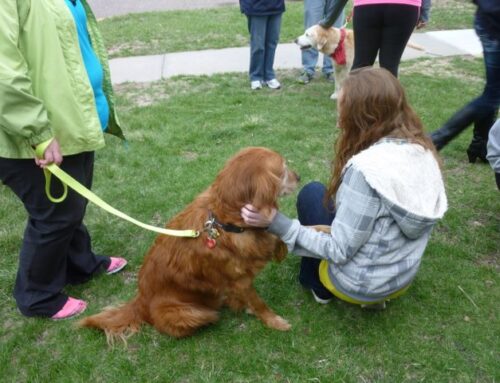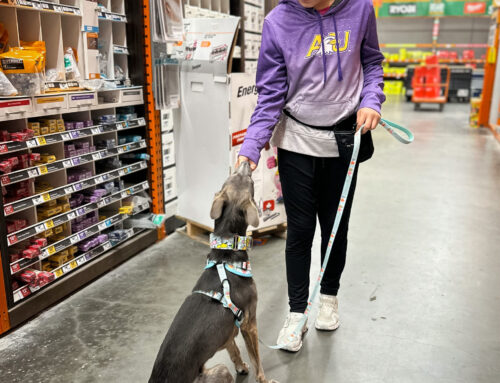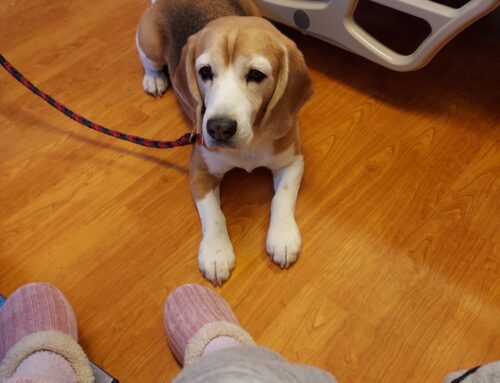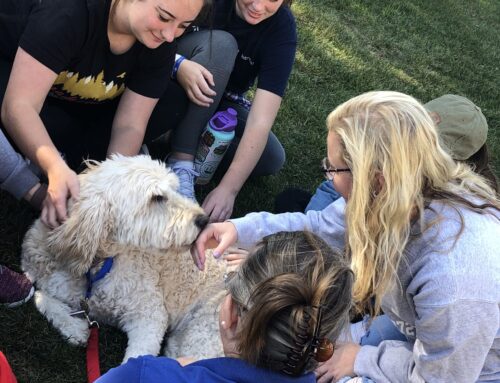Even if you’re not preparing for a race, your dog may be an excellent running buddy if you’re trying to remain in shape. Their availability is unfailing, they’ll never let you down, and they’re always excited to go out of the house and spend time with you.
AT ATD, our pet therapy dogs are well trained, and we teach them skills to assist people who need them. We know how crucial it is for dogs to get good care and sufficient exercise. There are several advantages for people and dogs to take regular walks or runs in the great outdoors or even in your immediate neighborhood.
Regular physical activity improves blood circulation, helps people maintain a healthy weight, and decreases their chance of contracting illnesses. Feeling the sunlight on your face and taking a deep breath of fresh air may both enhance your mood and stimulate your mind.
The nicest aspect of working out with your pooch is that you’re both having fun and creating memories that will only serve to deepen your bond. Here are all of the helpful hints you’ll want for a successful running trip with your closest running companion and even therapeutic dogs.
1. Check Whether your Furry Friend is Ready
It’s essential to make sure your pet is a good match before you start putting in the miles. Retrievers, terriers, and shepherds are excellent jogging companions because of their breed characteristics. Short-faced dogs like pugs, toy types, and gigantic breeds benefit from a vigorous walk. Pay close attention to your dog, no matter what breed or mix they are; they will let you know if they are having fun or not. When it comes to age, wait until your dog’s skeleton is wholly developed (about 12 months for the typical dog;18 months for bigger canines) before beginning any real training.
Regardless of your dog’s health or breed, always check with your veterinarian before embarking on long runs with your pet. Working out with dogs might be difficult when you don’t have the proper equipment, and it is better to have a well-fitting dog harness and a hands-free dog leash while you are out with your pooch.
2. Get Off To a Slow Start
No matter how fit you are, keep in mind that your dog has a different degree of fitness than you. Try a short run/walk on your regular walk to ease yourself into running with your canine. Runs of 10 to 15 minutes are a good starting point, and if your dog handles them well, you may gradually increase the duration and distance you run.
If you see the dog slowing down, exhaling heavily, or needing a break, you’re exerting too much pressure on them and should reduce the amount of time or distance you give them. Keep in mind that they’ll go out of their way to please you, therefore keep an eye on their physical condition, and adjust your run accordingly.
3. A Warm Up Is Important
To avoid injuring yourself or your dog, wait a few minutes before starting a 5K run. Your dog will thank you for it afterward. Allowing yourself a five-minute warm-up walk before you run can help you get into the running mindset and learn how to run with proper time and rhythm. In addition, it’s a fantastic chance to encourage your pet to “do their business” before you start a hard run. Nobody hates to have to take a pee break after they’ve hit their stride, so train your dog to go potty during the warm-up period; you’ll both be happy in the end.
4. Make the Right Route and Surface Choices
Even if your dog isn’t used to jogging or isn’t trained as well as you’d want, it’s critical for your safety and pleasure that you avoid running on routes with a lot of automobile or foot traffic. Keep a safe distance from other pedestrians, pets, and vehicles you encounter on your journey. More crowded locations become simpler to navigate as you gain confidence with each other.
Your dog values the running surface just as much as you do. Concrete and asphalt may hurt your dog’s joints just as they can yours. If it’s hot outside, especially, be careful to ensure that the ground’s surface isn’t too hot; if it pains your hand to touch it, then your dog’s exposed paws will hurt as well. It’s best to stick to dirt paths if you can to guarantee a stable, pleasant ride.
5. Controlling Your Dog Is Important
Running with dogs should always be done on a leash for your safety, comfort, and efficiency. Off-leash fun is possible while jogging, but for the sake of efficiency and safety, it’s best to have your dog on a leash for the entire time.
6. Carry Sufficient Water
While you always remember to pack water for yourself, it’s easy to forget about your 4-legged jogging companion. The same logic applies to your dog: if you’re going to be thirsty, so will your dog. Even if your dog has access to “swimming holes” along the way, providing them with access to clean, clear water can help prevent them from ingesting contaminated water.
Following these simple guidelines should be sufficient to get you and your dog out for a few kilometers of enjoyable exercise and bonding. Do not run with your dog if you are worried about their safety. Depending on how much you like running with your dog, you may come to believe that they are the finest jogging companion you have ever had.
Keep some cool-down time for you and your pet, and always focus on safety. For information on therapy dogs and who can benefit from them, please call Alliance Of Therapy Dogs at 307-432-0272 or 877-843-7364. You can also send us your queries via this Contact Us form, and one of our experts will call you shortly.






